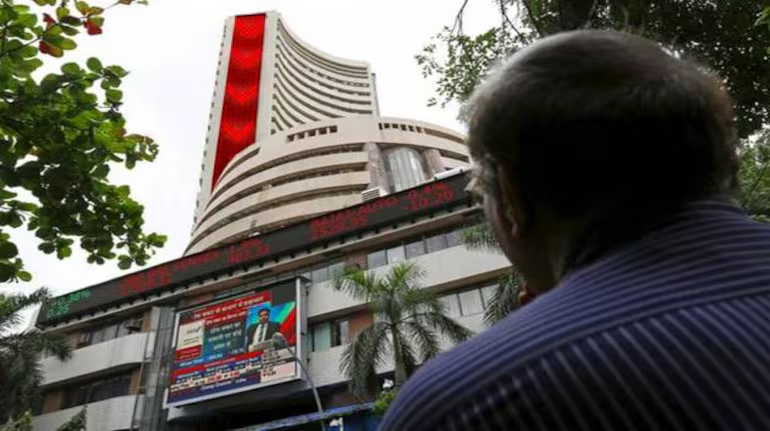Apollo Hospitals: Apollo Hospital Enterprise registered an overall dissatisfactory performance in Q3 FY23. It reported a 17% growth in group revenues, primarily driven by the hospital segment. However, group EBITDA tumbled 14%, taking the EBITDA margin down by 400 bps YoY. The upward cost trajectory to build scale for Apollo 24/7 and hike in employee cost on the back of non-cash Employee Stock Option Plan (ESOP) charge has been guided to continue for the coming few more quarters. The hospital business was aided by higher average revenue per occupied bed (ARPOB), which saw a YoY growth of 15% YTD at Rs 51,208. Health Co and Pharmacy distribution segment was supported by steady offline pharmacy growth and sharp jump in gross merchandise value (GMV) for Apollo 24/7.Occupancy in hospitals was down in Q3 at 64% due to seasonality. However, this segment is on an upward trajectory and occupancy will likely improve to 70% in the coming quarter. For the medium term, the company is in an investment phase and plans to add 2,000 beds with a capex of Rs 3,000 crore in the next three-four years. In case of diagnostics, the company is focusing on speciality tests to compete in the price-aggressive industry. Traction on this would be a key monitorable for the valuation. Positive on Apollo Hospitals given the improving case mix, influx of international patients, and higher occupancy will enhance business margins for the core hospital business.
Nestlé India: Nestlé India 4CY22 exceeded street expectations. On a compounded annual growth rate basis from 2016 to 2022, domestic volumes rose 8.2% and value increased 11%. Volume growth eased by 1 percent year on year as Nestlé increased prices of low unit price packs Gross profit increased by 10% YoY as there was lag impact in passing on the raw material price increases vis a vis finished good price increase while EBITDA growth tracked revenue growth on the back of operating leverage, cost-saving initiatives, and a reduction in media spending. Nestlé gained market share in the confectionary category, thanks to KitKat and Munch. The confectionary market grew by 10-12% in CY22, while Nestle grew by 25%. Volume growth in milk products and nutrition was 2.5-3% while the rest was led by pricing growth. Nestlé’s total distribution strength remained flattish at 5.1 million on year for CY22, and direct reach increased to 1.5 million stores from 1.4 million. Nestlé’s strategy is to expand through penetration-led volume growth. The opportunity in every segment where Nestlé is present is extremely attractive with a strong brand recall. The management remains focused on sustainable volume growth and product mix. Through cost-efficiency programmes, Nestlé was able to save Rs 2,000 crore, which led to savings in margins of 1.5-2% in CY22. Cost saving efforts are likely to continue in the near future. Positive on Nestle India given its execution strength, strong brand recall, investment in capacities, and increasing distribution reach, along with a higher rural presence.



